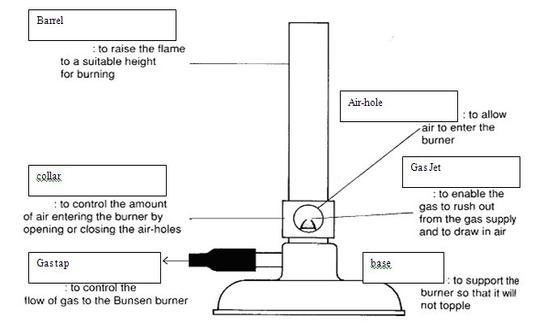knowlittle
Materials
We have a methane gas cylinder (about 2000 psig) connected to a bunsen burner. I need to install a pressure relief valve (PRV) downstream of pressure regulator in order to meet our pressurized gas safety requirements. Bunsen burner operates at <5 psig.
Question 1: Do they make ASME rated PRV at 5 psig? If you know a source, please let me know.
Question 2: If PRV's are not ASME rated for <15 psig, is there an alternate code/standard that applies to low pressure PRV's?
Any advice will be much appreciated.
Thank you.
Question 1: Do they make ASME rated PRV at 5 psig? If you know a source, please let me know.
Question 2: If PRV's are not ASME rated for <15 psig, is there an alternate code/standard that applies to low pressure PRV's?
Any advice will be much appreciated.
Thank you.

